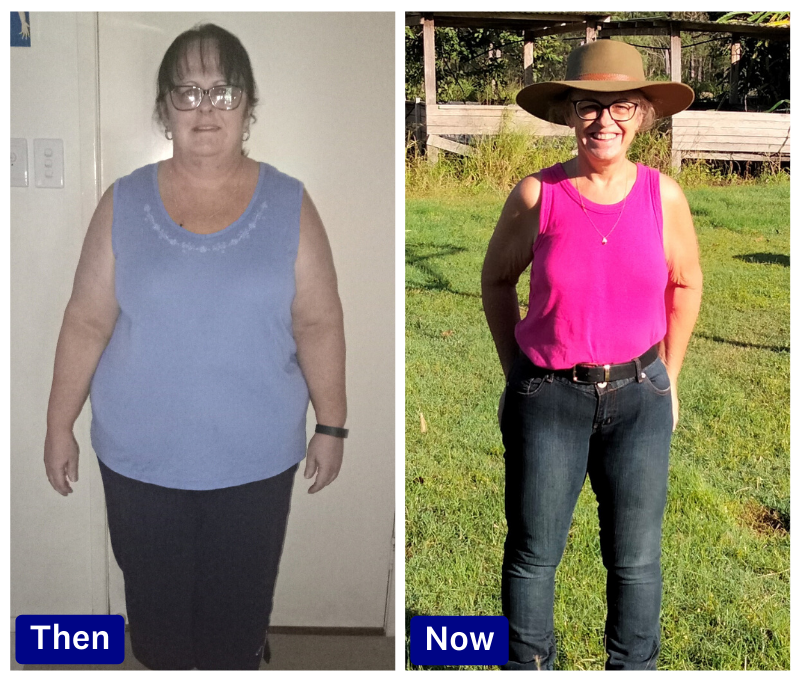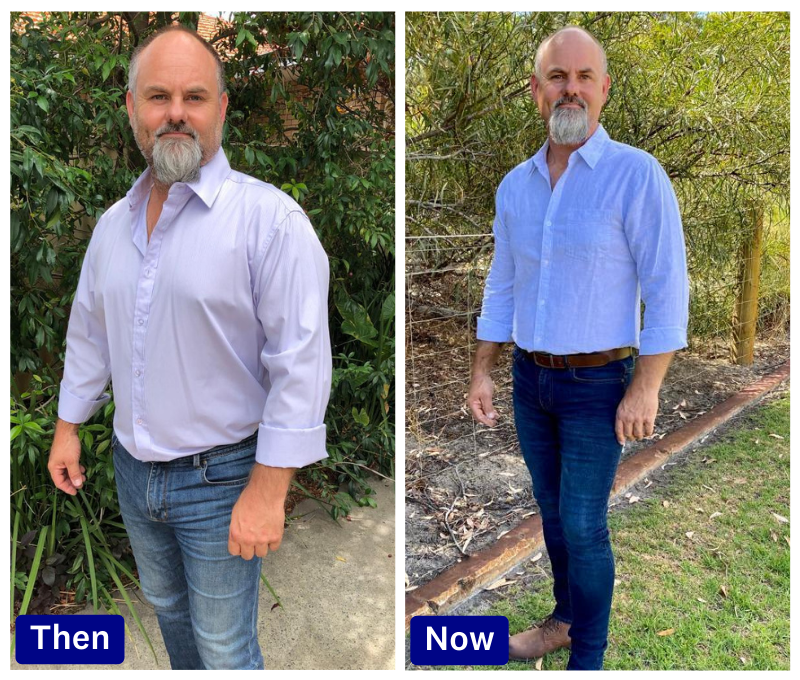All blogs
WeightWatchers diabetes experts
Our team of WW experts ensure our content and program is up-to-date, accurate and helpful for those living with diabetes.

Heather Zeitz, R.D.
VP of Digital Healthcare
Registered dietitian

Michelle Cardel, Ph.D., R.D.
Senior Director of Global Clinical Research and Nutrition
Registered dietitian

Heather Zeitz, R.D.
VP of Digital Healthcare
Registered dietitian

Michelle Cardel, Ph.D., R.D.
Senior Director of Global Clinical Research and Nutrition
Registered dietitian
How to lose weight and lower blood sugar†
You can’t talk about diabetes without talking about weight. Science shows that even modest weight loss (losing 5% of your body weight) can help ease insulin resistance. That’s why we created the diabetes program, a weight-loss program that takes your diabetes into account.

Personalised program
Take a quick assessment for a tailored plan that's designed by nutrition and behavioral scientists, and proven to help lower weight and blood sugar.†
Simple tracking
Keep tabs on your progress by tracking meals, exercise, and weight in the app.
Ongoing support
Attend Workshops, and connect with a Coach or other members through our in-app diabetes group on Connect called ‘Living with Diabetes’.
Diabetes-friendly recipes
WeightWatchers members with diabetes
WeightWatchers’ diabetes program can help you lose weight and keep it off. But since stats and studies tell only part of the story, hear from our members who share their experiences on the diabetes program.
Belinda lost 45 kg*

“I am no longer on medication for diabetes”
After losing 45kg over 2 years, Belinda was able to reduce her health medications for high blood pressure and diabetes.
Rodney lost 16 kg*

Rodney successfully managed his diabetes and no longer requires medication.
After losing 16kg in 23 weeks, Rodney not only felt 100% fitter, he’ was able to get his diabetes under better control.
*People following the WeightWatchers weight loss program can expect to lose up to 1kg per week. Featured members lost weight on a prior program and are continuing on the current Points Program.
Get up to 70% off*
Don’t wait:
Prioritise you with Black Friday savings
*On Core membership & Workshops 12 month plans only. Offer ends 06/12/2025. See terms.




















